Lal Kitab with Remedies
he study of the positions of celestial bodies and their consequent cosmic influence/effects on biotic and abiotic entities on Earth in general and human affairs in particular, may be defined as astrology.
A band of the celestial sphere which extends about 8° to either side of the ecliptic represents the path of the principal planets, the Moon, and the Sun. This band of seven celestial bodies which influence human affairs and personalities are divided into 12 equal parts called signs, each 30° wide, bearing the name of a constellation (a visual formation of stars perceived as a figure or design, especially one of 88 recognized groups named after characters from classical mythology and various-Common animals and objects) for which it was originally named but with which it no longer coincides owing to the precession of the equinoxes. Dragon’s head (Rahu) and Dragon’s Tail (Ketu) are shadow planets, but they have an astounding effect on the native.
We call names of days in a week in our day-to-day life but most of us perhaps are not aware that this seven-day system is based on the ancient astrological perceptions that the seven celestial bodies revolving around stationary Earth influence what happens on it, and that each of these celestial bodies control the first hour of the day named after it. This system, according to western thought, was brought into Hellenistic Egypt from Mesopotamia, where astrology had been practiced from times immemorial and where seven had always been a propitious number. In A.D. 321, Emperor Constantine the Great, grafted this astrological system onto the Roman calendar, made the first day of this new week a day of rest and worship for all, and imposed the following sequence and names to the days of the week: Dis S'%lis, "Sun’s Day"; Diffs Lznae, "Moon’s Day" Difs Martis, "Mars’s Day"; Diffs Mercuri’, "Mercury’s Day"; Difs lovis, "Jove’s Day" or "Jupiter’s Day"; Difs Veneris, "Venus’s Day"; and Dis Saturn’, "Saturn’s Day." This new Roman system was adopted with modifications throughout most of western Europe: in the Germanic languages, such as Old English, the names of four of the Roman Gods were converted into those of the corresponding Germanic Gods. Therefore mm Old English we have the following names (with their Modern English developments and day Lord according to Western/Indian Astrology): Sunnandzg, Sunday (Lord Vishnu); MYnandeg, Monday (Lord Shiva); Tuesday (the god Tiu, like Mars, was a god of war; Hanumanji), WYadnesdeg, Wednesday (the god Woden, like Mercury, was quick and eloquent; Goddess Durga); Thunresdag, Thursday (the God Thunor in Old English or Thor in Old Norse, like Jupiter, was lord of the sky; Old Norse Th'4rsdagr influenced the English form; Lord Brahma); Fr°gedzeg, Friday (the goddess Frigg, like Venus, was the goddess of love; Goddess Lakshmi); and Saeternesdzg, Saturday (Bhairon).
Lal Kitab was presented to late Dr. Goswami Giridhari Lal in 1966 by Major Verma who was posted in the Ministry of Home Affairs for his research institute on Astrology. As Goswamiji had sound command over Vedic Astrology, he did not use it for predictions and the book remained just like any other book in his Astrological collection.
In 1983, Lal Kitab was suddenly in news when an astrological magazine "Fate and Fortune" published Lal Kitab’s remedies in one of its issues. Soon the market was flooded with Lal Kitabs and its numerous versions. Although, we have come across a number of reproduction/ versions of Lal Kitab, none of the writers has mentioned as to which particular issue of Lal Kitab, his work is based on. Some authors have traced its mythological origin to Arun, the Charioteer of Lord Sun. Others claim that it is based on some prophesies made to Pt. Roop Chand Joshi by . God. We even have those so-called transcontinental astrologers who have linked its origin to the Arab/Muslim world.
The oceanic knowledge of occult science is being practiced in the hilly area of Jammu-Kashmir, Himachal Pradesh, Uttar Pradesh where perhaps this ancient system was given to them by our Holy Saints. The book is replete with Vedic/Sanatan references namely Gayatri Mantra, Stotra, Gods, Ganga etc. which prima facie rules out its Arab/Muslim origins. Islam does not talk of Astrology nor relies on its validity. The fact that colour photographs of all the Lords of nine planets were depicted in 1952 edition again refutes any connection, whatsoever to Islamic Fiqh. We also have no hesitation in denouncing those who have traced Lal Kitabs origin to mythology. The script of the book and the style used by the author vindicates our inference.
We would subscribe to the popular and generally accepted view that the actual author of Lal Kitab was Pt. Roop Chand Joshi who hailed from Pharwala in United Punjab under British Rule. Panditji was an accountant in Royal Indian Army during the British Rule. During his tenure in Army, he received some old manuscripts from one of his colleagues who often ventured into Palmistry. Certain predictions made by the amateur palmist in respect of his seniors proved meticulously right.
The soldier was encouraged by his seniors to record his knowledge on paper, which would go a long way in strengthening the faith and trust of the common man in Astrology and Palmistry. Since the soldier was not aman of letters, he pleaded with Pt. Roop Chand to translate his acquired knowledge in black and white. Thus, the foundation of a great book was laid. The maiden issue which was titled "Lal Kitab Ke Farman" (1939) was not a comprehensive one and therefore, was not able to acquire popularity and acceptance among the astrologers and palmists in particular and public in general.
In a sequel to his maiden work "Lal Kitab Ke Farman", Pt. Roop Chand Joshi brought out its several issues titled "Lal Kitab Ke Arman". This book was published in 1940 and was supplement to the earlier book. In 1941, "Lal Kitab Part III" was published and gained fame as "Lal Kitab Gutka". In 1942, "Lal Kitab Ke Farman" and after 10 years of it (1952), the final work of Pt. Roop Chand Joshi was published in the name of Lal Kitab which was published after compiling the previous issues of the books.
The reason that drove us to translate the five issues of Lal Kitab was our desire to put an end to all controversies cropping up about the origin of work and its validity. Secondly, since the books were readily available with us in Urdu language we could endeavour to check indiscriminate commercialisation in the name of Lal Kitab and also make efforts to convey to the masses the reality or facts about the original work in an international language like English.
The first volume of Lal Kitab deals with the grammar of the book. In the first volume we have dwelt with the grammar of Lal Kitab quoting illustrations in such a lucid way that even the beginners can make good predictions. The different states of the planets, items related with them have been explained through different tables. Father’s debt have been dealt in detail and the remedies for it have been advised accordingly. Readers are, however, advised to go through the grammar portion (volume 1) thoroughly otherwise they cannot make full use of this field of occult science.
Get it now and save 10%
BECOME A MEMBER

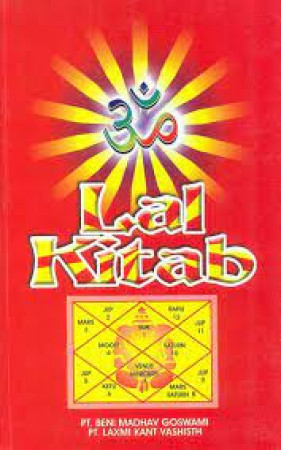
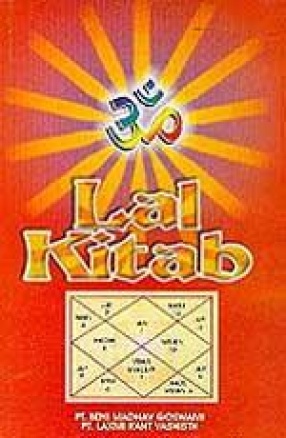
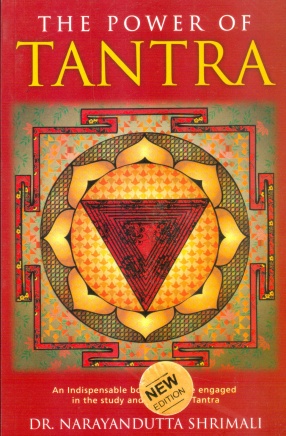
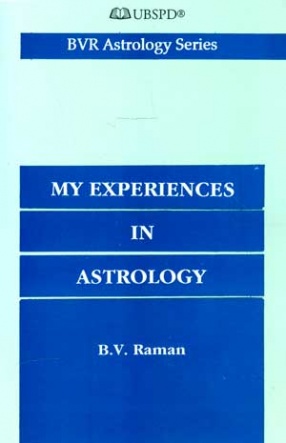
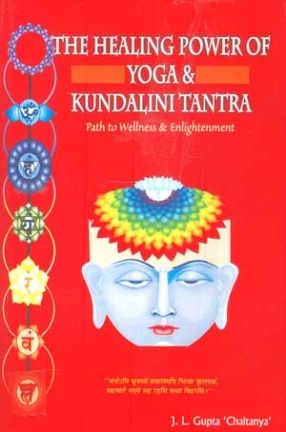
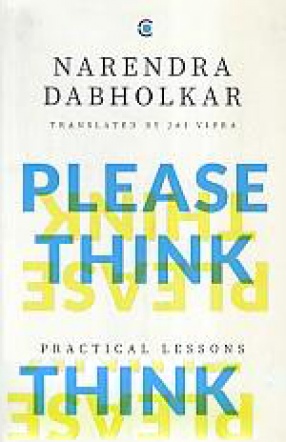

Bibliographic information
Laxmi Kant Vashisth